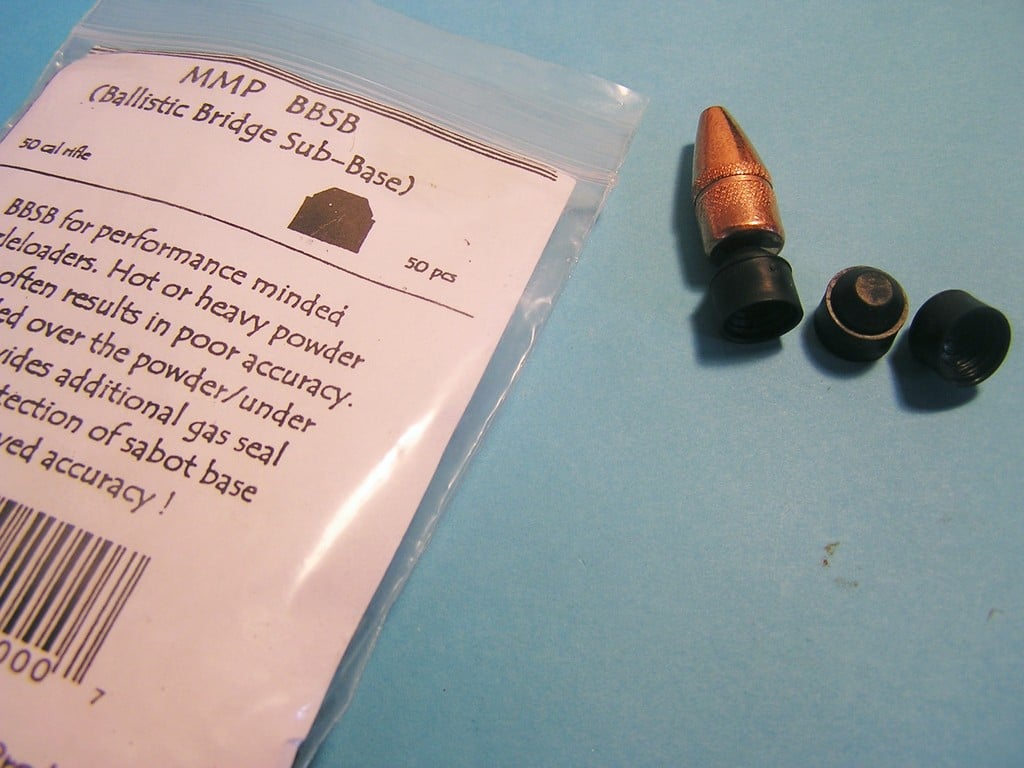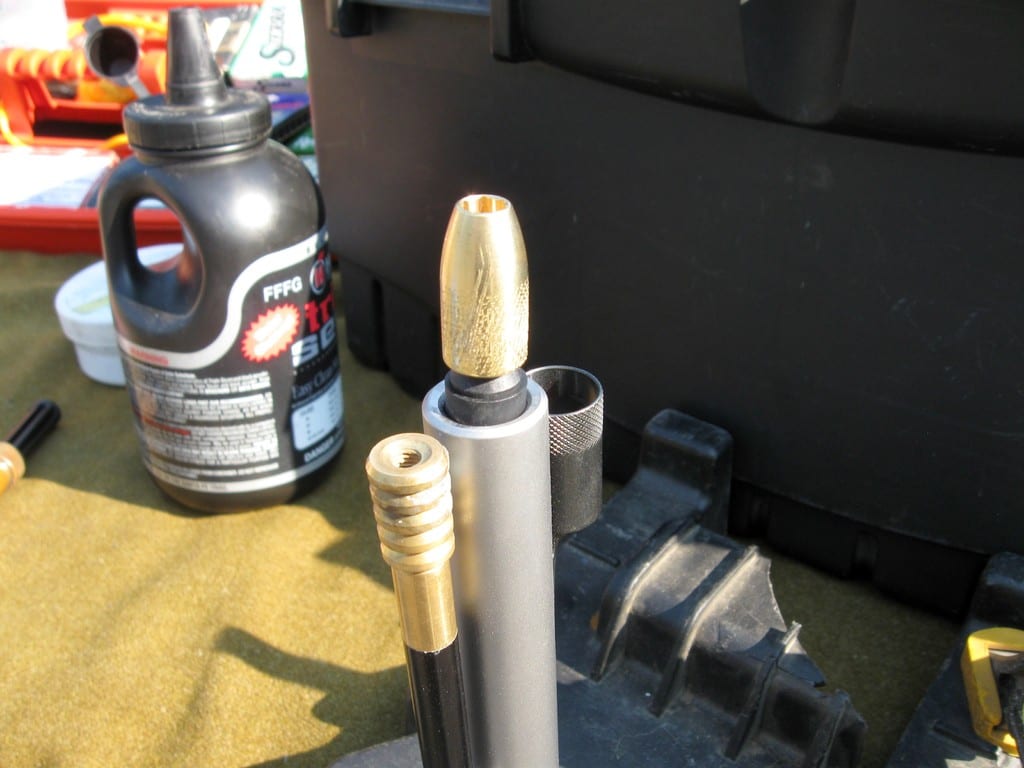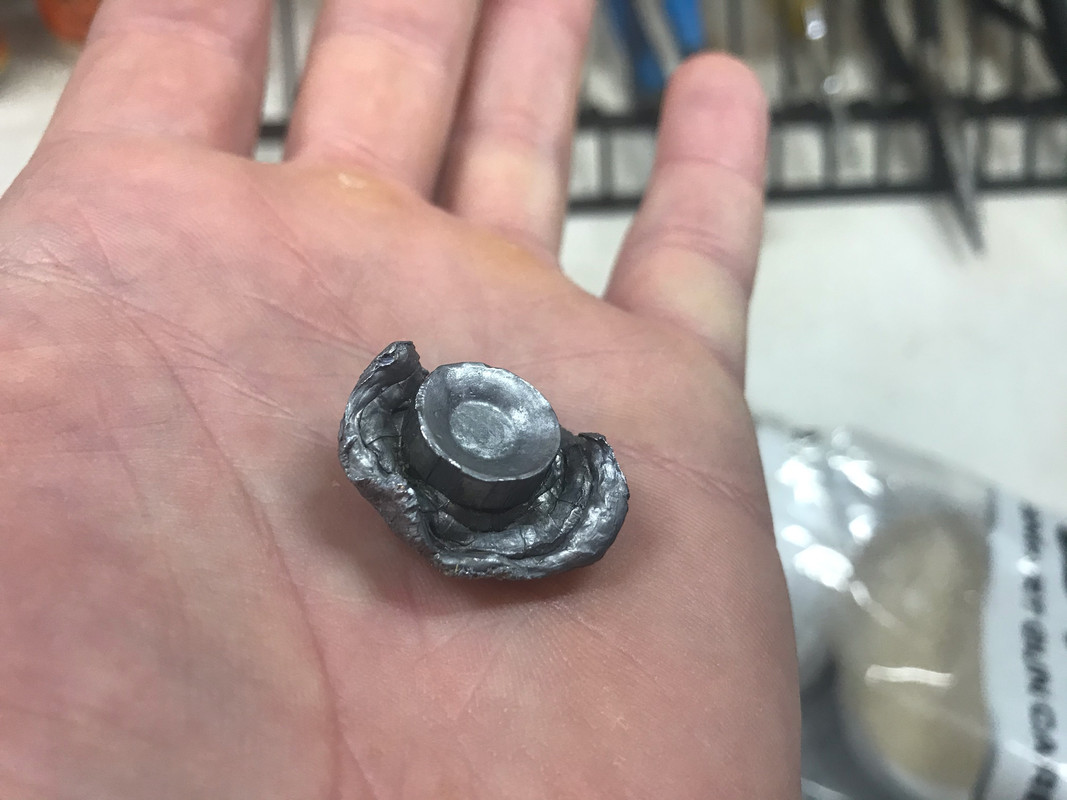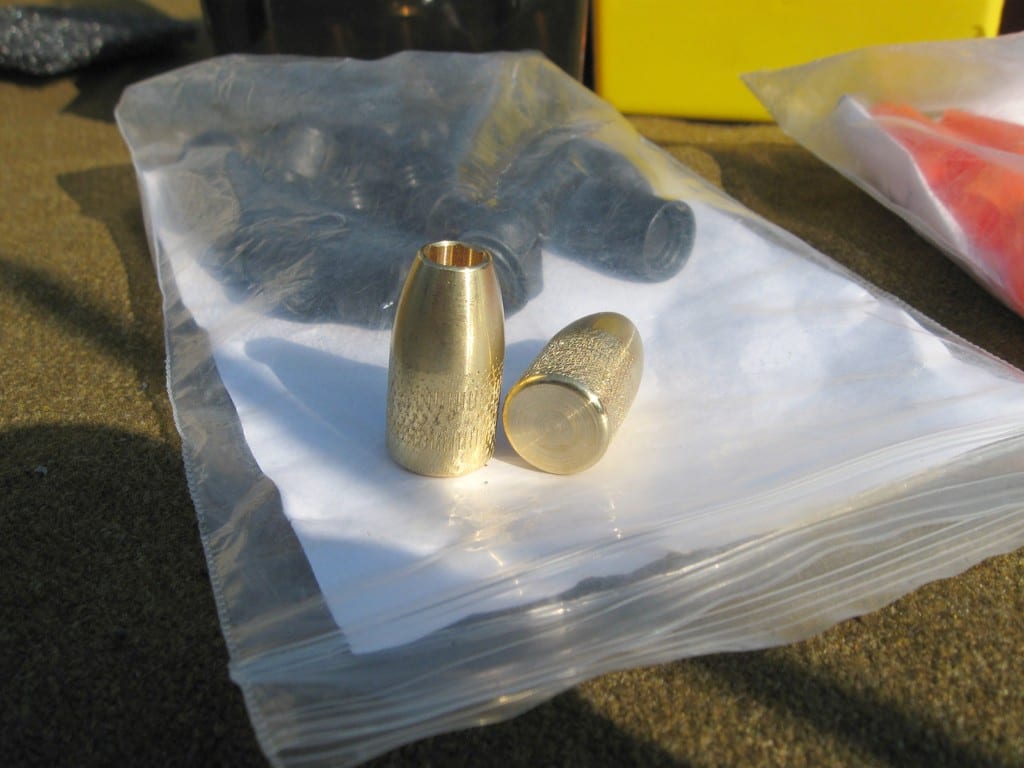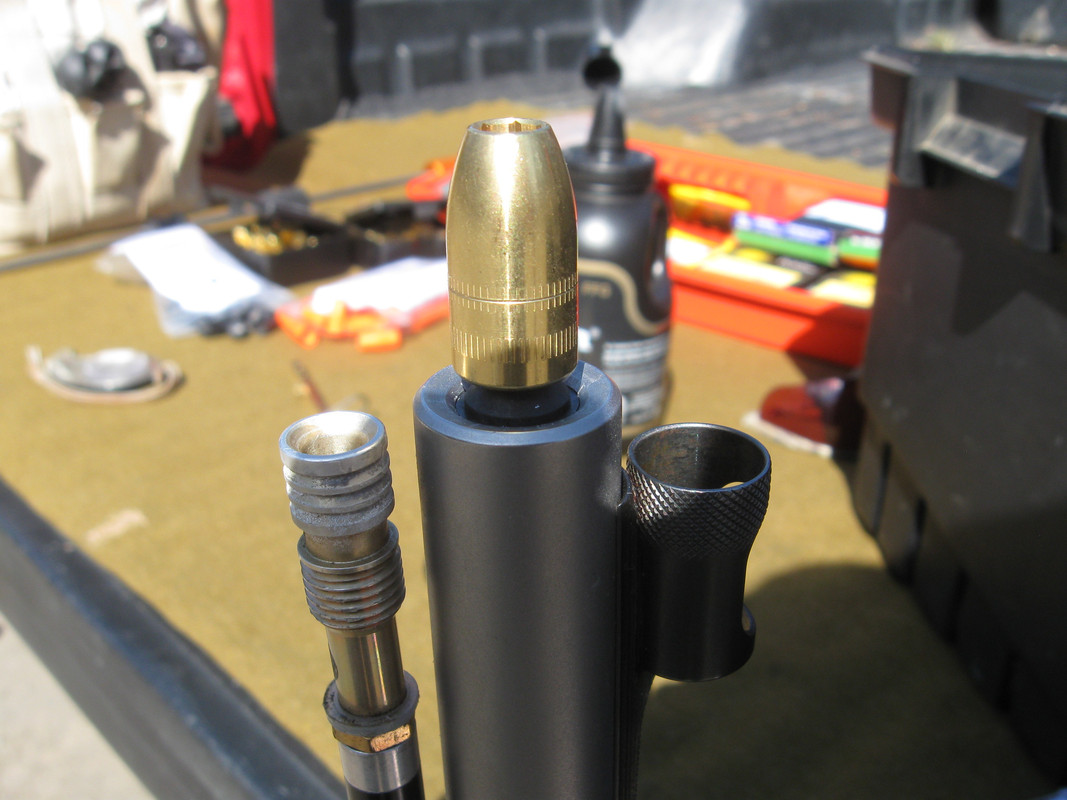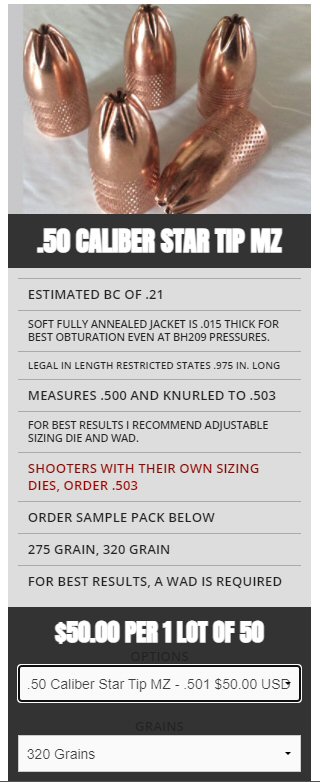- Joined
- Feb 13, 2020
- Messages
- 1,711
- Reaction score
- 2,196
[/QUOTE]A coned muzzle, IS NOT, and I repeat, IS NOT, the equivalent of Thompson/Center's QLA (Quick Load Accurizer) muzzle treatment.
The QLA is nothing more than a fancy term for a deep counterbore at the muzzle without any rifling. It is supposed to allow the shooter to fully insert a bullet into the barrel without having to initially force the base of the bullet into the rifling. The idea was to enhance accuracy by NOT damaging the base of the bullet. What happened in reality was that because of manufacturing flaws & tooling wear, more than 90% of the barrel's produced with a QLA muzzle were slightly, to greatly off center from the bore. Which meant that the bullet entered the bore canted at an angle, and even worse, left the muzzle upon ignition spinning off center due to the gases not surrounding the bullet evenly until they had dispersed. This caused erratic flight, which meant miserable accuracy.
A coned muzzle, on the other hand, is NOTHING MORE, than a radiused crown. It is NO DEEPER than a normal crown. Starting with a crown that is cut at a distinct, measureable angle, such as 60°, it is smoothed over, usually with the pad of one's thumb pressing against some form of abrasive paper/cloth.
Starting with courser grits, and ending with finer grits.
Pressing against the crown, rotate the barrel back & forth 20 times, stop, turn the barrel 90° (1) *** Pressing against the crown, rotate the barrel back & forth 20 times, stop, rotate the barrel 90° (2) *** Pressing against the crown, rotate the barrel back & forth 20 times, stop, rotate the barrel 90° (3) *** Pressing against the crown, rotate the barrel back & forth 20 times, stop, rotate the barrel 90° ***
This completes one full revolution of radiusing the muzzle. If using three different grits of abrasive paper, it should take no more than 1-2 full revolutions per grit size to turn a straight angle crown into a radiused crown, or coned muzzle.
What a coned muzzle does is allow a tightly patched ball to enter the rifling grooves in a smooth fashion. Specifically, for the bunched up cloth material surrounding the ball to fill the grooves without tearing on the leading edges of the lands.
All I know is that I stumbled upon the "SECRET" for this with my first .45 caliber longrifle at age 17. I coned the muzzle per instructions in Muzzle Blasts magazine in 1970/1971. That first rifle would shoot minute of angle, 5-shot accuracy at 100 yards, with a spit patched blue jeans material & a 0.445" diameter ball. All it took was a gentle rap on a short starter to get the ball/patch started. Hickory ramrod the rest of the way, choked up with 6"-8" strokes.
Same thing with my next 2 rifles, both Getz barrels. One in .50 caliber, and the other one in .62 caliber. Both came from the factory with coned muzzles, one of the only barrel manufacturers to offer such a service. Bobby Hoyt is another.
I know all about Daryls method on ALR been doing that for yrs ! I do not call that coning but arguing semantics (I call it a target crowning / does not change a thing I"ve stated . Not here to argue /I:M done with your discussion as I have advised the OP now leave it to him to find out for himself what/who is right . I already know as I shoot almost every day and do what works for me , hence the advise not opinion ! /Ed





